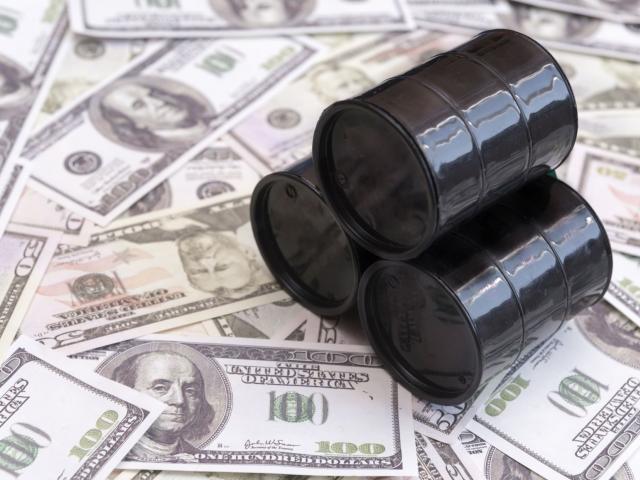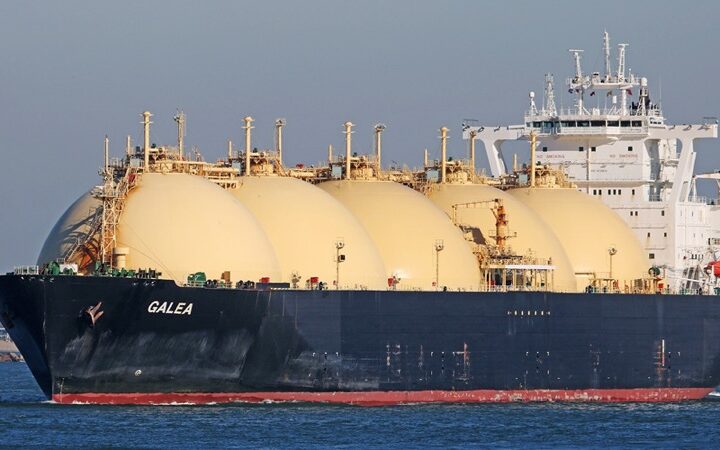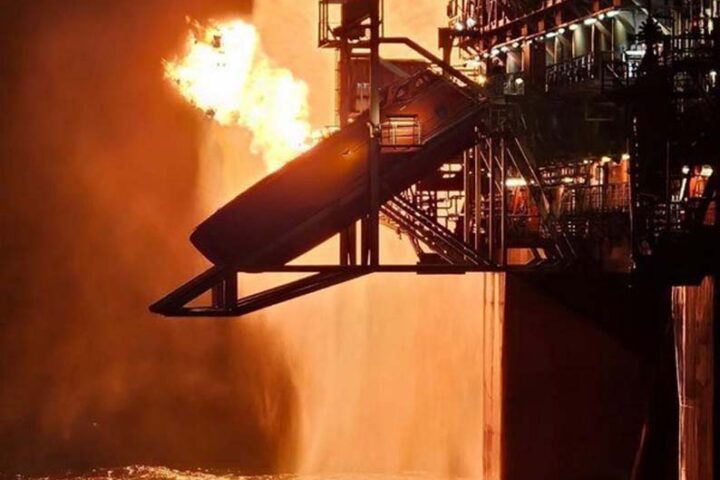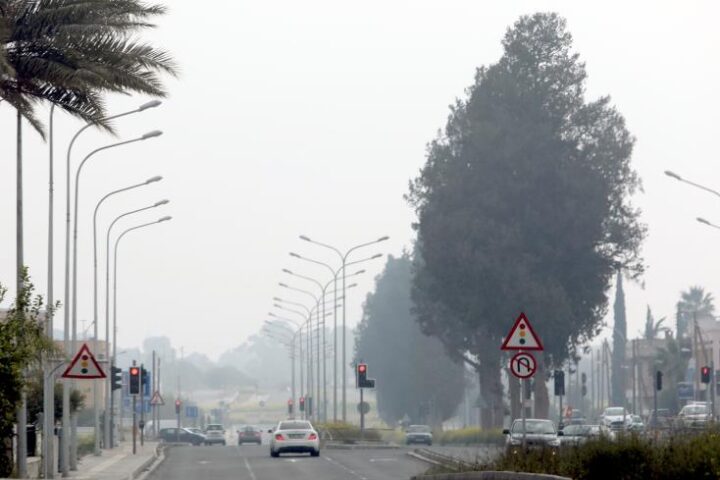By Charles Ellinas
The big issue for energy markets in 2025 is Donald Trump’s return. In a matter of days, he took the oil and gas sector by storm and his impact is yet to unravel.
Oil is here to stay
The ‘forward guidance’ on production by the OPEC+ enlarged group of producers indicates that for 2025 and 2026, it plans to continue on its current ‘production management’ mode, with a gradual increase in output. But the uncertainty around oil market balances is expected to remain wide.
The EIA forecasts oil consumption growth at 1.3 mln bpd this year and at 1.1 mln bpd in 2026, around the long-term annual growth average. There is no sign of a peak demand.
Looking back at the EIA’s forecasts for global crude oil production and prices in the 2022-2024 period, there is a remarkably close agreement to actual performance, giving credibility to its forecasts.
Oil prices rose to their highest levels since August, with Brent reaching just under $82 a barrel by mid-January, as a result of fresh US sanctions against Russian producers and tankers.
With 42% of Russian seaborne oil exports affected, top buyers like India and China face disruptions, prompting a shift to alternative crude sources.
Bloomberg reported that the speed at which Russian oil export tactics and flows are adapting to US sanctions is quite remarkable and completely expected. So is the flexibility shown by the big importers of Russian oil to keep the barrels flowing, above all, India and China.
The EIA forecasts Brent crude prices falling, from an average of $81/b in 2024 to $74/b in 2025 and $66/b in 2026.
Goldman Sachs forecasts $70-85/b in 2025, but warns of volatility from sanctions, tariffs, and Iran’s supply.
According to ING, the latest US sanctions against the Russian energy sector have the potential to take as much as 700,000 bpd of supply off the market, which would erase the surplus expected this year.
But with Donald Trump back in power and making energy and maximising fossil fuel production central to his second term, including his call on OPEC to reduce oil prices, one should ‘expect the unexpected’.
After its latest results, BP’s market value now lags far behind Shell’s and all other majors, after “years of offering investors false hope, while trying to please them and respond to climate change.” There are many bankers wondering whether they can fix a merger or a takeover.
Shell’s and especially BP’s performance has significantly lagged US majors during the industry’s recovery from the pandemic.
Natgas output to rise, pressure on prices
Global LNG supply shortfalls are forecast until 2027. New export capacity will start to ease the market tightness next year, which will put downward pressure on prices.
Egypt will import around 160 LNG shipments by 2025, costing about $8 bln, based on an average price of $48-50 mln per shipment – a huge drain on its balance of payments.
Barring major future discoveries, East Med gas is best used in the region to support regional energy needs, particularly Egypt’s.
Egypt and Cyprus are forging a strategic partnership in natural gas development. Their presidents will meet in Cairo on 17 February to sign important gas agreements for the development and export of gas from Aphrodite and Cronos gas-fields, an important step in fostering collaboration and growth across the East Med.
The IEA said the global gas balance is set to remain fragile in 2025 as growing demand meets tight supply.
The IEA also said that while the halt of Russian piped gas transit via Ukraine does not pose an imminent supply risk for the EU, it could add to near-term LNG market pressures. This would also keep prices high.
But Donald Trump’s energy ambitions and the AI revolution have created a prime opportunity for cheap, around-the-clock power, bringing gas back in vogue. Gas is the best-equipped technology to provide dispatchable power.
Climate uncertainty ahead
Energy transition is progressing, but with shifting industry and investor sentiment it is not progressing fast enough. US policy and climate diplomacy under Donald Trump will add to uncertain outlook and delay it even more.
However, low-carbon transition continues to progress driven by technology, despite headwinds that include the US policy environment, geopolitics, and shifting industry and investor sentiment, albeit more slowly.
McKinsey says only about 10% of required deployment of low-emissions technologies by 2050 has been achieved so far in most areas.
The green hydrogen ambition and implementation gap, delivering “green hydrogen” projects by 2030 without carbon pricing, would require “enormous subsidies” of $1.3 trln, a figure which “far exceeds” currently-announced policy support.
Egypt is rushing to catch up on solar energy as gas demand and prices soar, but, with its economy in tatters, this will depend on its ability to attract inward investment.
Dr Charles Ellinas is a Councilor at the Atlantic Council
X: @CharlesEllinas









